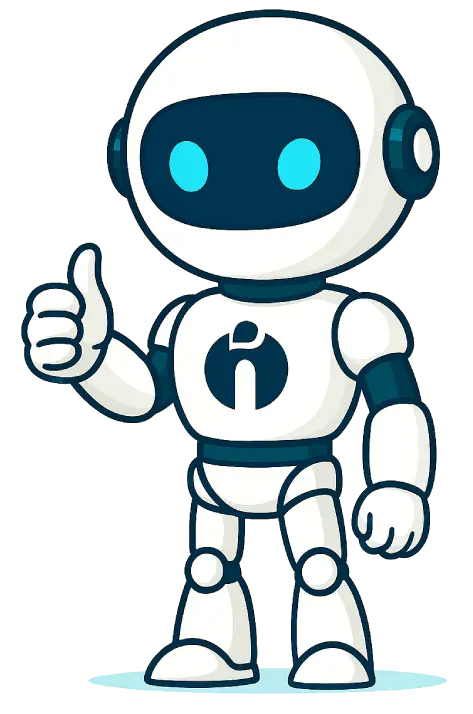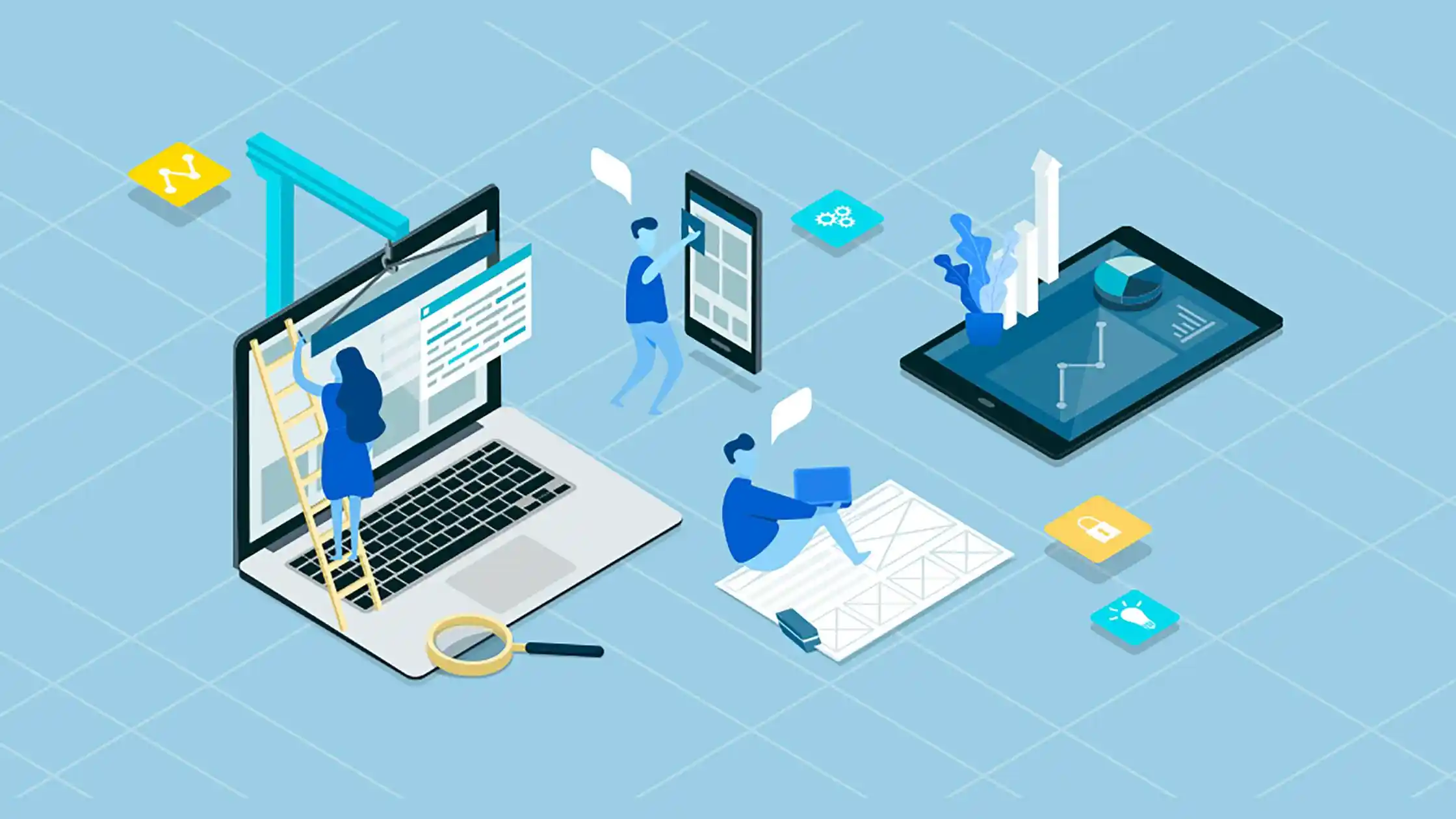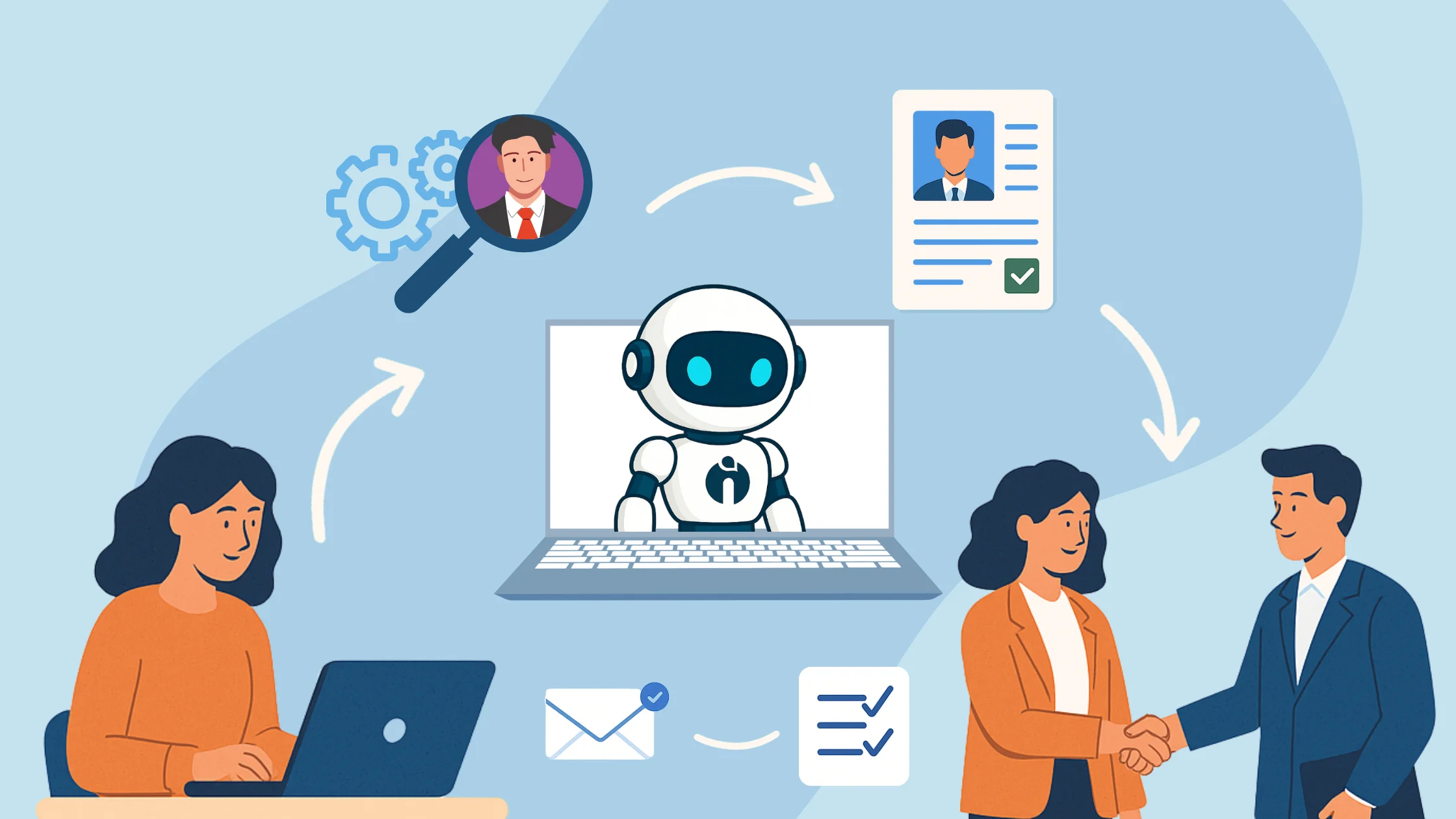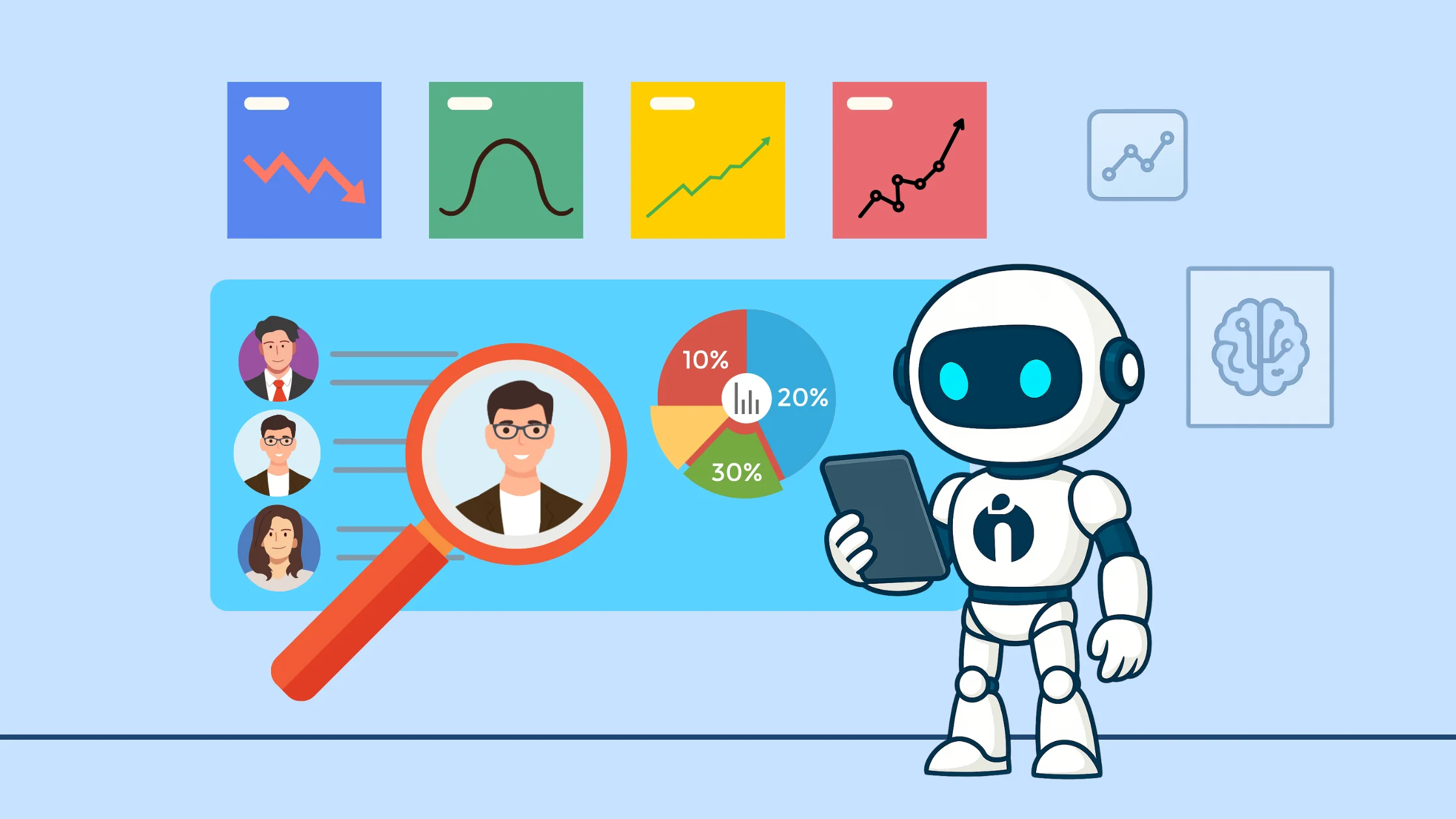TL;DR
- Recruitment software streamlines hiring by automating routine tasks and centralising candidate information.
- Modern tools enhance candidate experience, support fair hiring, and leverage AI for smarter recruitment.
- Integration with other HR systems improves data accuracy and overall hiring efficiency.
- Staying updated with trends and training your team are key to maximising software benefits.
The hiring landscape in 2026 is more dynamic and competitive than ever before. With digital transformation shaping every stage of recruitment, companies must adopt smarter solutions to keep up. Recruitment software has become an indispensable tool in addressing modern hiring challenges, streamlining workflows, enhancing the candidate experience, and empowering data-driven decision-making.
Here, we’ll explore five essential facts about recruitment software, highlight emerging trends, and share expert tips to maximise your hiring potential. Whether you’re a recruitment agency or an in-house hiring team, understanding the latest recruitment software benefits and features will help you stay ahead.
What are the Top 5 Essential Facts You Should Know About Recruitment Software?
1. The Competition for Talent is Getting Tougher
More companies and recruitment agencies are online than ever before, making it harder to find the best candidates. Recruitment software helps you stay ahead by speeding up how you search for and reach out to potential hires across multiple platforms.
2. Manual Tasks Take Up Too Much Time
Managing interviews, keeping candidate records, and scheduling manually is slow and prone to mistakes. Recruitment software automates these routine tasks, centralises all candidate information, and makes scheduling much easier, freeing up your time for more important work.
3. Too Much Data Can Be Overwhelming
Recruiters often have access to large amounts of data but struggle to use it effectively. The right recruitment software provides easy-to-understand dashboards and reports, helping you make smarter hiring decisions based on real insights.
4. Fair and Inclusive Hiring is More Important Than Ever
Companies are prioritising diversity and fairness in recruitment. Modern software includes tools like blind screening and bias detection to reduce unconscious bias, while also tracking diversity metrics so you can keep improving your hiring practices.
5. Candidate Experience Shapes Your Employer Brand
Candidates expect a smooth and responsive application process, especially on mobile devices. Recruitment software supports mobile-friendly applications, automated updates, and chatbots to keep candidates engaged and feeling valued throughout their journey.
According to LinkedIn Talent Solutions, 86% of recruitment professionals believe that recruitment software enables them to hire more quickly and efficiently.
What are the Emerging Trends in Recruitment Software?
The best recruitment software in 2026 is evolving fast, shaped by advances in AI, mobile technology, and an increasing focus on ethical hiring. Understanding these trends can help you choose tools that meet both current needs and future demands:
- AI-Powered Candidate Matching: Beyond simple keyword matches, AI now analyses candidate behaviour, skill adjacency, and historical success rates to make smarter recommendations.
- AI-Powered Interview Intelligence: Advanced platforms can evaluate recorded video interviews for speech patterns, tone, and facial expressions, offering unbiased insights into a candidate’s confidence, engagement, and cultural fit.
- Generative AI for Job Descriptions and Emails: Recruitment teams can instantly create personalised, inclusive job descriptions and outreach messages that resonate with top talent and reduce time spent on writing.
- Predictive Analytics for Talent Planning: These tools help HR leaders forecast talent gaps, turnover trends, and pipeline health using historical hiring and workforce data.
- Chatbots and Conversational AI: Intelligent bots can handle candidate FAQs, schedule interviews, and collect screening data 24/7, ensuring constant engagement even during off-hours.
- Bias Detection and Inclusive Hiring Tools: Recruitment software now flags non-inclusive language, highlights biased scoring patterns, and suggests more equitable alternatives.
- Mobile-First Recruitment Experience: With most candidates applying on the go, top recruitment software ensures the entire application journey, from job search to interview, is optimised for smartphones and tablets.
- Integration with Employee Experience Platforms (EXP): Bridging recruitment with onboarding, learning, and performance management creates a seamless handoff between departments and improves the overall employee journey.
- ESG and Sustainability Reporting: With more job seekers caring about ethics and corporate responsibility, recruitment software now tracks sustainability and diversity goals, enabling transparent ESG reporting.
By staying ahead of these innovations, recruiters can not only attract top-tier talent but also create inclusive, efficient, and future-ready hiring strategies.
How Integration Makes Hiring Simpler and Smarter?
Seamless integration between your applicant tracking system, HRIS, payroll, background screening, and onboarding platforms is transforming recruitment operations in 2026.
With integrated recruitment systems, you eliminate manual data re-entry, minimise administrative errors, and create a single source of truth for all candidate-related data. This not only saves time but also significantly improves data accuracy and team collaboration.
Integrated systems also offer real-time data flow, allowing recruiters, HR teams, and hiring managers to access updated information instantly, thereby enhancing decision-making and responsiveness. For instance, once a candidate is marked as hired in the ATS, their details can automatically flow into onboarding and payroll systems, kicking off their employment journey without delays.
Furthermore, integration helps generate consolidated insights from multiple touchpoints, making it easier to evaluate the effectiveness of hiring strategies, diversity efforts, and candidate experience.
Ultimately, by integrating your recruitment tools, you unlock greater efficiency, reduce bottlenecks, and build a smarter, more cohesive hiring ecosystem.
Tips to Maximise Recruitment Software Impact
Getting the most out of your recruitment software requires more than just using it; it requires using it well. Here are a few essential tips:
- Keep Candidate Data Current and Clean: Outdated or duplicate candidate profiles can clutter your system and skew your analytics. Regularly update and audit your database for accurate, actionable information.
- Leverage Analytics for Strategic Decisions: Make full use of your software’s dashboard and reporting tools to monitor key recruitment metrics such as time-to-hire, candidate drop-off rates, and diversity performance. This data supports continuous improvement and strategic planning.
- Invest in Training: Ensure that your recruitment team is trained not only on the basics but also on new features and best practices. Schedule periodic refreshers or workshops to maximise software adoption and ROI.
Conclusion
In an increasingly digital and competitive hiring world, recruitment software isn’t just helpful; it’s essential. From automating routine tasks to enhancing candidate experience and supporting diversity, the benefits of recruitment software in 2026 are clear.
If you’re looking for a powerful, user-friendly, and scalable solution, consider iSmartRecruit. Our platform supports recruitment automation, AI-driven insights, and end-to-end hiring process automation.
FAQs
1. What is recruitment software, and how does it work?
Recruitment software is a tool that helps businesses manage the hiring process from start to finish. It typically includes features for posting job adverts, managing applications, scheduling interviews, and keeping track of candidates, all in one place.
2. Why is recruitment software important?
It saves time, reduces manual work, and helps you hire the right people faster. It also improves the candidate experience and gives you insights to make better hiring decisions.
3. What are the top trends in recruitment software?
Some of the major trends in 2026 include AI-driven candidate matching, automated interview analysis, mobile-first platforms, and tools for inclusive hiring practices. These features make hiring quicker, fairer, and more effective.
4. What should I consider when selecting recruitment software?
Look for ease of use, automation features, good analytics, mobile access, and the ability to connect with your existing HR tools. Scalability and support are also key if you plan to grow.















